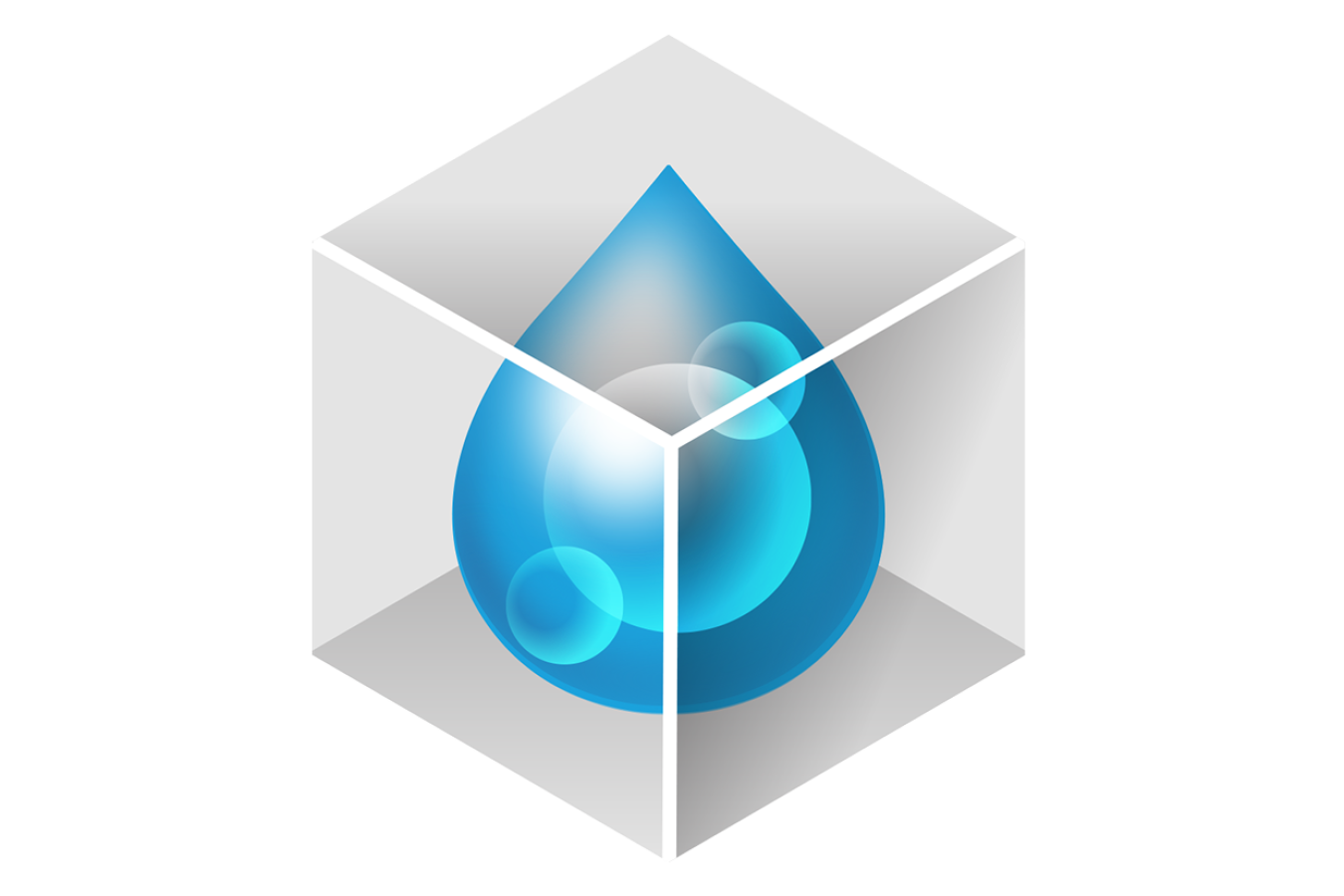
LABORATORY
Lawrence Berkeley National Laboratory (LBNL)
CAPABILITY EXPERT
Hanna Breunig
CLASS
Analysis
Computational Tools and Modeling
WATER-SPLITTING TECHNOLOGY
High-Temperature Electrolysis (HTE)
Low-Temperature Electrolysis (LTE)
Photoelectrochemical (PEC)
Solar Thermochemical (STCH)
Description
Lifecycle assessment model for calculating energy, land and water impacts of a 1-GW scale photoelectrochemical H2 plant. There are variations with different device and balance of plant structures. Optical concentration, new device designs, and processing methods can be introduced into the framework to evaluate impacts. The model can be updated with improved data and also used as a foundation for a techno-economic analysis.
Capability Bounds
Bounds are construction, operation and end-of-life retirement of the plant, with full detail on PEC device fabrication embedded.
Unique Aspects
This is a flexible model that is particularly valuable for assessing energy impacts such as energy returned on energy invested and sensitivities to assumptions about the plant's construction and operation. It is directly useful for planning R&D programs.
Availability
For PEC, the spreadsheet is readily available. Expertise is available for development of derived and expanded models. Some models for electrolysis already completed.
Benefit
This capability enables resource impacts of various implementations of different hydrogen-generation technologies at various scales to be evaluated and compared.
Images

Schematic of layout of panels in PEC hydrogen GW-scale plant.
References
Life-cycle net energy assessment of large-scale hydrogen production via photo-electrochemical water-splitting Roger Sathre, Corinne D. Scown, William R. Morrow III, John C. Stevens, Ian D. Sharp, Joel W. Ager, Karl Walczak, Frances A. Houle and Jeffery B. Greenblatt, Energy Environ. Sci. 7, 3264-3278 (2014).
Opportunities to improve the net energy performance of photoelectrochemical water-splitting technology, Roger Sathre, Jeffery Greenblatt, Karl Walczak, Ian Sharp, John Stevens, Joel Ager, Frances Houle, Energy & Environmental Science, 9, 803 – 819 (2016).
Contact us to find out more about collaboration opportunities and access the capability nodes within the HydroGEN network.

